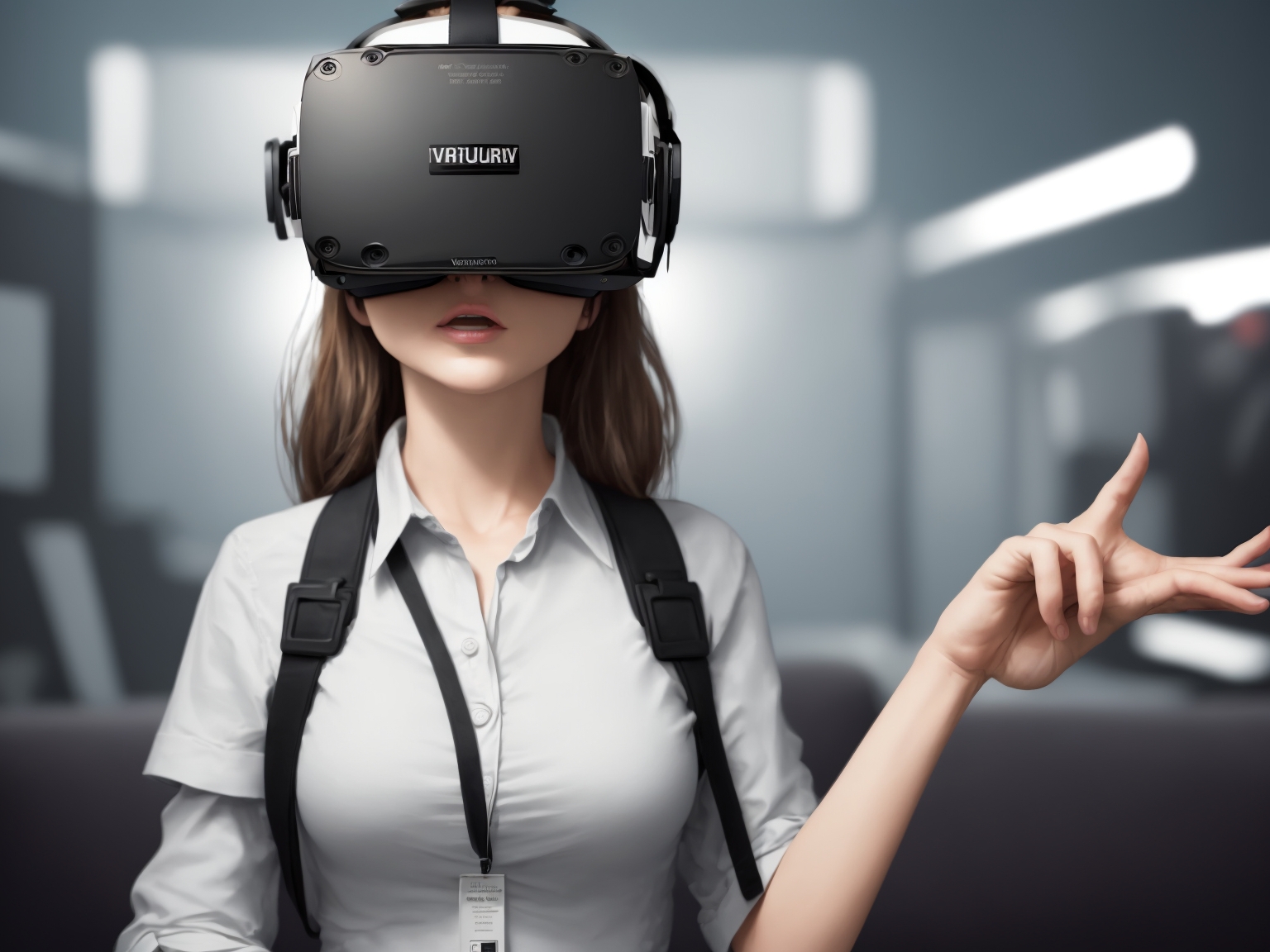Title: Unveiling the Future of Advertising: Virtual Reality
Introduction:
Welcome to the new era of advertising – Virtual Reality (VR). This article will take you on an immersive journey into the world of VR advertising, exploring its capabilities, benefits, and how it’s redefining the advertising landscape.
**What is Virtual Reality Advertising?**
– A form of interactive advertising that uses virtual reality technology to create immersive, 3D experiences for consumers.
– Allows businesses to engage customers on a deeper level by providing an engaging and memorable brand experience.
**Why Virtual Reality Advertising Matters**
1. **Immersive Experience**: VR advertising provides an unparalleled level of engagement, allowing consumers to interact with a brand in a more realistic and immersive way.
2. **Memorable Brand Interaction**: VR ads are less likely to be ignored or forgotten as they provide a unique and memorable experience for the consumer.
3. **Targeted Marketing**: VR technology can be used to gather data about user preferences and behaviors, enabling more targeted and effective marketing strategies.
4. **Compelling Storytelling**: The immersive nature of VR allows for engaging and compelling storytelling that can captivate audiences and leave a lasting impression.
**How Brands are Using Virtual Reality Advertising**
– **Retail Industry**: Companies like IKEA and Topshop use VR to allow customers to virtually explore their products in a life-size environment before making a purchase.
– **Real Estate**: Agents use VR to give potential buyers virtual tours of properties, saving time and resources.
– **Automobile Industry**: Car manufacturers offer test drives through VR simulations.
**Frequently Asked Questions**
1. **Is Virtual Reality Advertising Expensive?**
– While the cost can be high for initial setup, the benefits often outweigh the costs in terms of increased engagement and targeted marketing.
2. **Do Consumers Want Virtual Reality Advertising?**
– Yes! Many consumers are interested in experiencing new and innovative advertising methods, especially if they offer a more engaging and interactive experience.
3. **Is VR Advertising Effective?**
– Early results suggest that VR ads can be highly effective, with increased engagement rates and higher conversion rates compared to traditional advertising methods.
Conclusion:
Virtual Reality advertising is the future of marketing, offering businesses a unique opportunity to engage customers on a deeper level and provide an unparalleled brand experience. As technology continues to advance, we can expect to see VR advertising become more prevalent in our daily lives. Embrace the future, and start thinking about how you can leverage this exciting technology to grow your business!
**Call-to-Action:** Ready to take your advertising to the next level? Contact us today to learn more about virtual reality advertising solutions for your business!

Leave a Reply